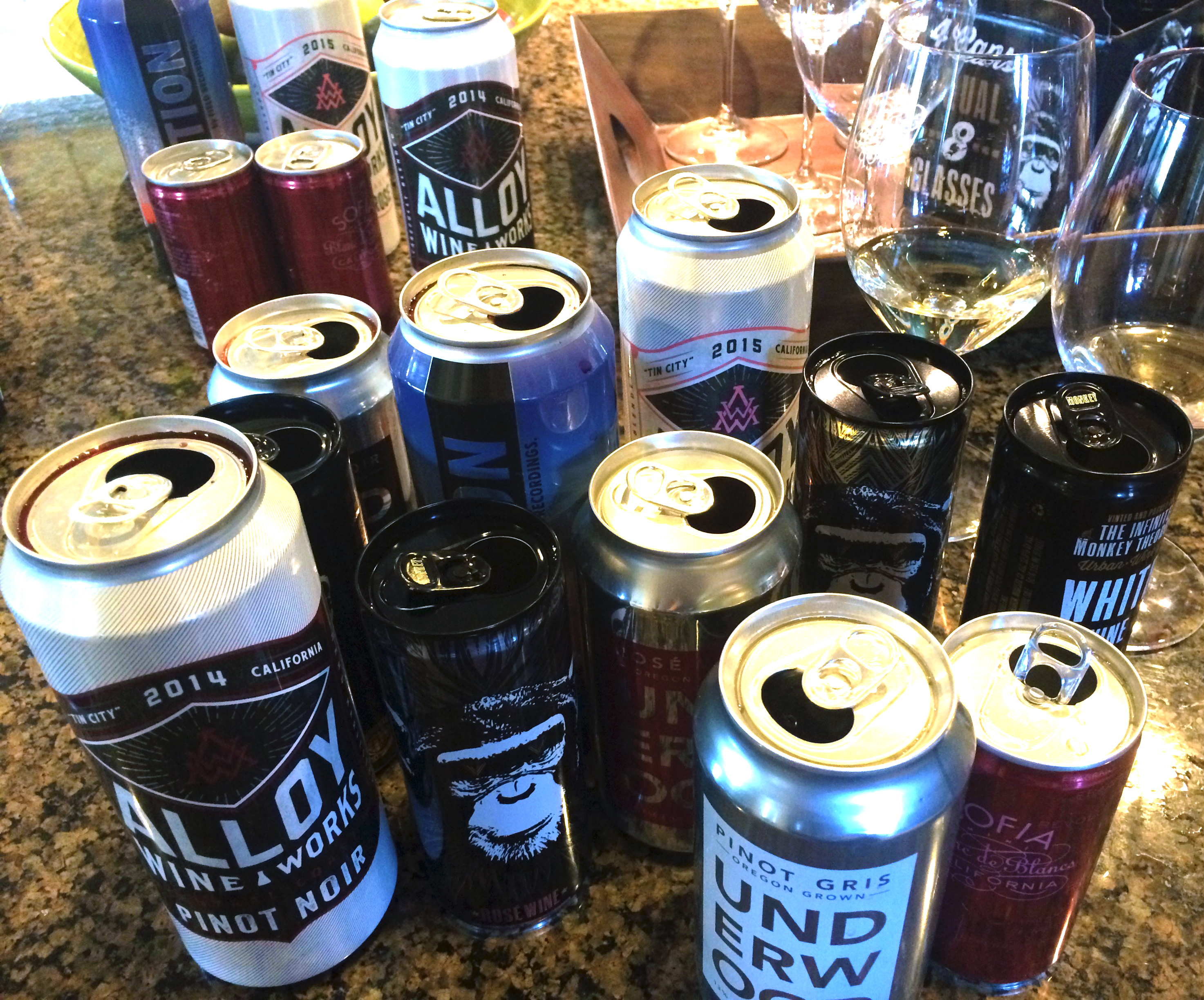Die-hard wine lovers be warned: don’t be surprised if you see canned wine at the next party you attend. What appeared to be a fad has turned into a trend, particularly among millennials. Canned wine is such a big thing, it has generated US$45 million in business, reports CNBC using data from Nielsen.
Over the summer, two wineries in Ontario introduced canned wines at the Liquor Control Board of Ontario. Colio Estate Winery has the Girls Night Out 250-ml can of rosé, while Easy Rider has 250-ml red and white versions. This is in addition to wineries such as Niagara on the Lake’s Between the Lines, Francis Ford Coppola Winery (California) and Jacob’s Creek (Australia), that offer canned products. There are now more than 100 brands of canned wine available to connoisseurs.
Some of these brands have been around for a while, but the canned varieties really started gaining momentum over the last few years.
More and more drinkers are choosing cans over bottles. In the United States, sales of canned wine have exploded over the last year, even though it’s just a small segment of the industry as a whole. The beverage alcohol market research firm found a 43 per cent increase in canned wine consumption from June 2017 to June 2018.
While bottled wine still accounts for 90 per cent of U.S. sales, canned wine sales are growing rather quickly. And Canadians are drinking more wine than ever, with sales increasing between three and six per cent annually, according to Statistics Canada. But they’re also seeking portion control, often preferring just a glass or two of wine with a meal. Canned wine offers a perfect solution.
Many young adults prefer wine to beer, and the canned variety makes it much more affordable. A typical bottle of wine costs between $11 and $25, while cans (equaling about 2.5 glasses of wine) are just $4 to $7. Some wineries are even producing smaller cans to appeal to budget-conscious drinkers.
In addition to price, canned wine is appealing for its portability. It’s easier to take a can to the beach, music festival, or campsite versus lugging around a bottle of wine. Cans are also easier to recycle.
Research by E. & J. Gallo Winery found that 25 per cent of consumers would be more willing to try new wines if they could do so in smaller quantities. It’s just more appealing to purchase a can of wine instead of splurging on a bottle you may not like.
There are some downsides to canned wine. Some think drinking out of a bottle is much more sophisticated than it is from a can. And there’s some debate about the aromas of the wine, which may be less prominent in a can. Plus, cans are meant to be consumed rather quickly. Canned wine isn’t suitable for wine cellars and doesn’t get better with age.
Still, vineyards are increasingly offering canned varieties to give people more options (particularly newer drinkers) and because they’re a good value for the cost.


